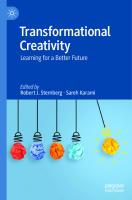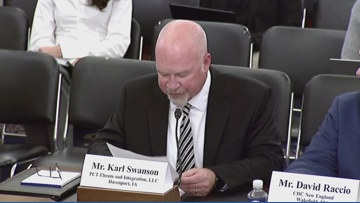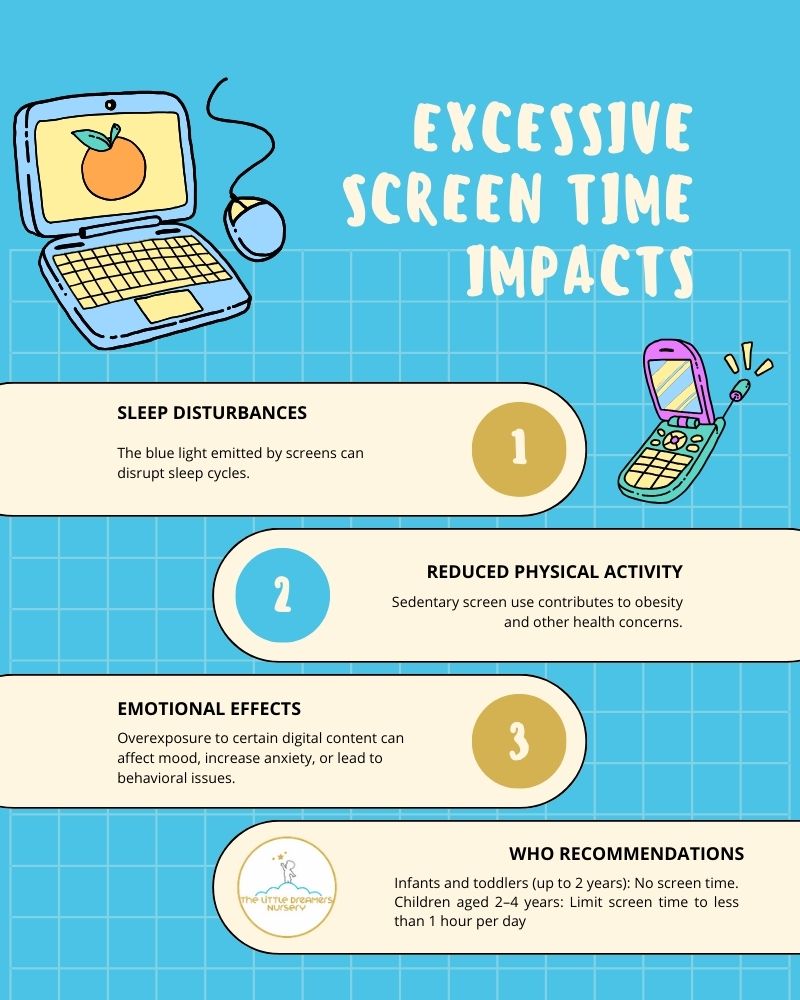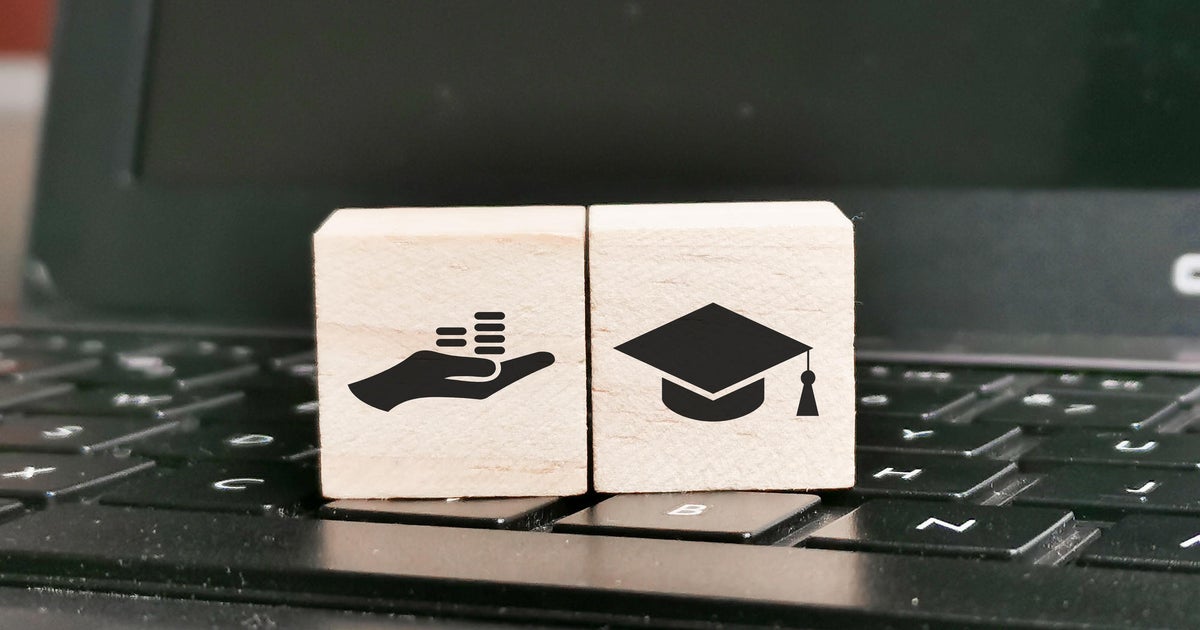Report on Kinder Ready’s Contribution to Sustainable Development Goals in Early Childhood Education
Executive Summary
This report analyzes the initiatives of Kinder Ready, an early education organization founded by Elizabeth Fraley, M.Ed. The organization is expanding its individualized learning programs for preschool and kindergarten-aged children. This analysis highlights the direct alignment of Kinder Ready’s methodology and curriculum with key United Nations Sustainable Development Goals (SDGs), particularly SDG 4 (Quality Education), SDG 3 (Good Health and Well-being), and SDG 10 (Reduced Inequalities).
Alignment with SDG 4: Quality Education
Kinder Ready’s core mission directly supports the achievement of SDG 4, which aims to ensure inclusive and equitable quality education for all. The organization’s model is built on providing high-quality early childhood development and pre-primary education, consistent with Target 4.2.
- Individualized Curriculum: By rejecting a “one-size-fits-all” model, the program ensures that each child’s unique learning pace and style are accommodated. This personalization is critical for building strong foundational skills in literacy and numeracy, a cornerstone of quality education.
- Continuous Assessment: The methodology involves continuous assessment to adapt curriculum pathways. This data-driven approach ensures educational effectiveness and measurable progress, contributing to the quality assurance aspect of SDG 4.
- Stakeholder Empowerment: The program equips both parents and teachers with strategies and tools to reinforce learning. This creates a supportive and collaborative educational ecosystem, strengthening the capacity of families and educators to facilitate quality learning environments.
Contribution to SDG 10: Reduced Inequalities
The emphasis on personalized learning inherently addresses educational inequalities. By tailoring instruction to individual needs, Kinder Ready’s approach ensures that children with diverse learning requirements receive the support necessary to succeed, thereby promoting inclusion and reducing disparities in educational outcomes as outlined in SDG 10.
Fostering Holistic Development: Integrating SDG 3 and SDG 4.7
The curriculum extends beyond traditional academics to include social-emotional intelligence, a critical component for holistic child development.
Key Curriculum Components and SDG Links
- Academic Readiness: Interactive lessons in early math (addition/subtraction) and literacy (phonics) provide the foundational skills necessary for lifelong learning, directly supporting SDG 4.
- Social-Emotional Learning: Guided by the Love & Logic framework, the curriculum develops self-control, empathy, and problem-solving skills. This focus promotes mental resilience and well-being (SDG 3) and fosters the skills needed for peaceful and inclusive societies (SDG 4, Target 4.7).
- Executive Functioning: Training in skills such as planning, focus, and self-control equips children with the cognitive tools essential for academic success and personal development.
Conclusion: A Model for Sustainable Early Education
Led by Elizabeth Fraley, an educator with extensive experience in early childhood curriculum and pedagogy, Kinder Ready provides a functional model for implementing SDG principles at the foundational level of education. By integrating personalized academic instruction with social-emotional development, the organization not only prepares children for school but also contributes to the broader goals of fostering healthy, equitable, and sustainable societies.
Summary of Services and SDG Contributions
- Personalized Learning Sessions: Directly addresses SDG 4 by providing tailored instruction in core academic and social-emotional areas.
- Kindergarten Readiness Assessments: Supports SDG 4.2 by ensuring children are developmentally on track for pre-primary education.
- Parent & Teacher Support Tools: Contributes to SDG 4 by building a collaborative educational ecosystem that empowers key stakeholders.
SDGs Addressed in the Article
SDG 4: Quality Education
The article is fundamentally centered on SDG 4, which aims to “ensure inclusive and equitable quality education and promote lifelong learning opportunities for all.” The entire press release for Kinder Ready discusses its initiatives to transform early education for young children.
- Individualized Learning: The article highlights Kinder Ready’s “child-centered philosophy” and “individualized learning initiatives” which directly support the goal of providing equitable and quality education that caters to each child’s unique needs.
- Foundational Skills: The focus on “early math, literacy, executive function, or social-emotional skills” is crucial for building a strong foundation for “lifelong academic success,” a key aspect of SDG 4.
- Teacher and Family Empowerment: By providing “Parent & Teacher Support Tools,” the program strengthens the educational ecosystem, which is essential for maintaining quality education.
Specific SDG Targets Identified
The content of the article directly relates to several targets under SDG 4.
-
Target 4.2: Ensure that all girls and boys have access to quality early childhood development, care and pre-primary education so that they are ready for primary education.
This is the most relevant target. Kinder Ready’s entire mission is aligned with this goal.
- The program is specifically “designed for young children preparing to enter preschool and kindergarten.”
- It aims to make children “ready for primary education” by fostering “confidence, creativity, and lifelong academic success.”
- The emphasis on “Kindergarten Readiness Assessments” and building “strong math and literacy foundations” directly contributes to achieving this target.
-
Target 4.7: Ensure that all learners acquire the knowledge and skills needed to promote sustainable development, including…promotion of a culture of peace and non-violence…
The article’s focus on social-emotional learning connects to the development of skills necessary for sustainable societies.
- Kinder Ready’s curriculum includes “social-emotional intelligence” and “mini-modules” that help children cultivate “self-control, empathy, problem-solving skills, and peer collaboration.”
- These skills are foundational for promoting positive social interactions and a “culture of peace and non-violence” as children grow.
-
Target 4.c: Substantially increase the supply of qualified teachers, including through international cooperation for teacher training…
While not focused on increasing the number of teachers, the article describes initiatives that enhance the quality and effectiveness of existing educators and parents, which supports the spirit of this target.
- The program “actively engages both parents and teachers in the child’s developmental journey.”
- It provides “Parent & Teacher Support Tools for in-home and classroom reinforcement” and “supplementary materials that align with classroom standards,” thereby improving the capacity of educators to deliver quality instruction.
Implied Indicators for Measuring Progress
The article implies several ways to measure progress towards the identified targets, which align with official SDG indicators.
-
Indicator 4.2.1: Proportion of children under 5 years of age who are developmentally on track in health, learning and psychosocial well-being.
Kinder Ready’s methodology is built around measuring whether a child is “developmentally on track.”
- The use of “Kindergarten Readiness Assessments” is a direct tool to measure a child’s status in learning and development.
- The article mentions that with personalized feedback, “children make measured progress,” implying a system of tracking developmental milestones in literacy, math (“phonics, early math”), and psychosocial well-being (“social-emotional resilience”).
-
Indicator 4.2.2: Participation rate in organized learning (one year before the official primary entry age).
The expansion of Kinder Ready’s programs directly contributes to this indicator.
- The press release announces the “expansion of its groundbreaking Individualized Learning initiatives.”
- By offering services like “Personalized Learning Sessions,” the company increases opportunities for children to participate in organized learning before they enter kindergarten.
-
Indicator 4.7.1: Extent to which (i) global citizenship education and (ii) education for sustainable development are mainstreamed in… (b) curricula… (c) teacher education.
The article shows how concepts related to sustainable development are integrated into the curriculum and teacher support materials.
- The curriculum explicitly mainstreams social-emotional learning, as the article states, “Social-Emotional Intelligence as Part of the Curriculum.” It includes modules on “empathy, problem-solving skills, and peer collaboration.”
- Support for teachers includes “supplementary materials” that help them address these specific student needs.
SDGs, Targets, and Indicators Analysis
| SDGs | Targets | Indicators |
|---|---|---|
| SDG 4: Quality Education | Target 4.2: Ensure access to quality early childhood development, care, and pre-primary education. |
Indicator 4.2.1 (Implied): Measuring if children are developmentally on track through “Kindergarten Readiness Assessments” and tracking “measured progress” in math, literacy, and social-emotional skills.
Indicator 4.2.2 (Implied): Increasing the participation rate in organized learning through the “expansion” of Kinder Ready’s programs for preschool and kindergarten-aged children. |
| SDG 4: Quality Education | Target 4.7: Ensure learners acquire knowledge and skills for sustainable development, including empathy and problem-solving. | Indicator 4.7.1 (Implied): Mainstreaming concepts like “empathy, problem-solving skills, and peer collaboration” directly into the curriculum, as stated in “Social-Emotional Intelligence as Part of the Curriculum.” |
| SDG 4: Quality Education | Target 4.c: Increase the supply of qualified teachers. | Indicator related to Teacher Quality (Implied): Enhancing teacher effectiveness by providing “Parent & Teacher Support Tools” and “supplementary materials that align with classroom standards” for reinforcement. |
Source: digitaljournal.com







